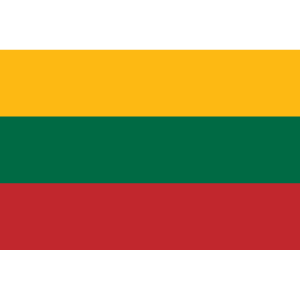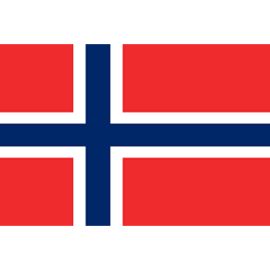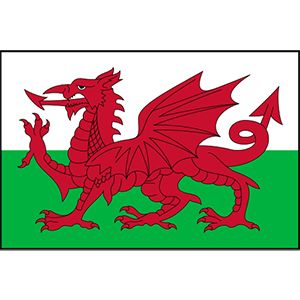Resultado de búsqueda
- Temporada regularUEFA Nations League
 Lithuania6 Sep,15:45 EDT
Lithuania6 Sep,15:45 EDT Cyprus
CyprusOtros partidos
Euro 2016 Qualifiers FINAL 17 oct. vs 
Hungary E2 - 2Euro 2016 Qualifiers FINAL 16 nov. @ 
Montenegro P0 - 2UEFA Nations League 14:45 EDT 9 sep. @ 
Romania Grupo B J G E P Ptos. 1  Francia
Francia8 7 1 0 22 2  Holanda
Holanda8 6 0 2 18 3  Grecia
Grecia8 4 1 3 13 4  Republic of Ireland
Republic of Ireland8 2 0 6 6 5  Gibraltar
Gibraltar8 0 0 8 0 Grupo C J G E P Ptos. 1  Inglaterra
Inglaterra8 6 2 0 20 2  Italia
Italia8 4 2 2 14 3  Ukraine
Ukraine8 4 2 2 14 4  North-Macedonia
North-Macedonia8 2 2 4 8 5  Malta
Malta8 0 0 8 0 Grupo E J G E P Ptos. 1  Albania
Albania8 4 3 1 15 2  Czechia
Czechia8 4 3 1 15 3  Polonia
Polonia8 3 2 3 11 4  Moldova
Moldova8 2 4 2 10 5  Faroe Islands
Faroe Islands8 0 2 6 2 Grupo F J G E P Ptos. 1  Bélgica
Bélgica8 6 2 0 20 2 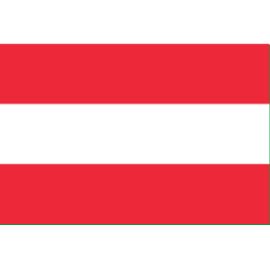 Austria
Austria8 6 1 1 19 3 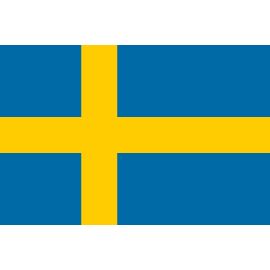 Suecia
Suecia8 3 1 4 10 4  Azerbaijan
Azerbaijan8 2 1 5 7 5  Estonia
Estonia8 0 1 7 1 Lituania, oficialmente la República de Lituania (en lituano: Lietuvos Respublika ), es uno de los veintisiete Estados soberanos que forman la Unión Europea, constituido como un Estado social y democrático de derecho, cuya forma de gobierno es la república semipresidencialista unitaria.
Lithuania covers an area of 65,300 km 2 (25,200 sq mi), with a population of 2.86 million. Its capital and largest city is Vilnius; other major cities are Kaunas, Klaipėda, Šiauliai and Panevėžys.
- Overview
- Land
- Relief
- Drainage
- Soils
- Climate
- Plant and animal life
- Ethnic groups, languages, and religion
Lithuania, country of northeastern Europe, the southernmost and largest of the three Baltic states. Lithuania was a powerful empire that dominated much of eastern Europe in the 14th–16th centuries before becoming part of the Polish-Lithuanian confederation for the next two centuries.
Aside from a brief period of independence from 1918 to 1940, Lithuania was occupied by Russia beginning in 1795, was controlled by Germany for a brief period during World War II, and was incorporated into the U.S.S.R. in 1944 as one of its constituent republics. On March 11, 1990, Lithuania declared its independence by a unanimous vote of its newly elected parliament. The new Soviet parliament acknowledged Lithuania’s independence on September 6, 1991. Lithuania was admitted into the European Union (EU) and the North Atlantic Treaty Organization in 2004. The capital is Vilnius.
Lithuania is bounded by Latvia to the north, Belarus to the east and south, Poland and the detached Russian oblast of Kaliningrad to the southwest, and the Baltic Sea to the west.
Underlying rock structures are of little significance for the contemporary Lithuanian terrain, which basically is a low-lying plain scraped by Ice Age glaciers that left behind thick, ridgelike terminal deposits known as moraines. The Baltic coastal area is fringed by a region characterized by geographers as the maritime depression, which rises gradually eastward. Sand dunes line an attractive coast; the Curonian Lagoon (Lithuanian: Kuršiu Marios), almost cut off from the sea by the Curonian Spit, a thin 60-mile (100-km) sandspit, forms a distinctive feature. It is bounded by the Žemaičiai Upland to the east, which gives way to the flat expanses of the Middle Lithuanian Lowland.
Britannica Quiz
Which Country Is Larger By Population? Quiz
The lowland, consisting of glacial lake clays and boulder-studded loams, stretches in a wide band across the country from north to south; some portions of it are heavily waterlogged. The elevated Baltic Highlands, adjacent to the central lowland, thrust into the eastern and southeastern portions of the country; their rumpled glacial relief includes a host of small hills and numerous small lakes. The Švenčioniai and the Ašmena highlands—the latter containing Mount Juozapinė, at 957 feet (292 metres) above sea level the highest point in Lithuania—are located in the extreme east and southeast.
Lithuanian rivers drain to the Baltic and generally have the slow, meandering characteristics of lowland rivers. The Neman River (Nemunas), cutting north and then west through the heart of the country, is the largest. Its main tributaries are the Merkys, Neris, Nevėžis, Dubysa, Jūra, Minija, and Šešupė. A distinctive feature of the Lithuanian landscape is the presence of about 3,000 lakes, mostly in the east and southeast. The boggy regions produce large quantities of peat that, dried by air, is used in both industry and agriculture.
Exclusive academic rate for students! Save 67% on Britannica Premium.
Lithuanian soils range from sands to heavy clays. In the northwest the soil is either loamy or sandy (and sometimes marshy) and is quite heavily podzolized, or leached out. In the central region, weakly podzolized loamy peats predominate, and it is there that the most fertile, and hence most cultivated, soils are found. In the southeast there are s...
The climate of the country is transitional between the maritime type of western Europe and the continental type found farther east. As a result, damp air masses of Atlantic origin predominate, alternating with continental Eurasian and, more rarely, colder Arctic air or air with a southern, tropical origin. Baltic Sea influences dominate a comparati...
Lithuanian vegetation falls into three separate regions. In the maritime regions, pine forests predominate, and wild rye and various bushy plants grow on the sand dunes. Spruce trees are prevalent in the hilly eastern portion. The central region is characterized by large tracts of oak trees, with elegant birch forests in the northern portions, as well as distinctive black alder and aspen groves. Pine forests prevail in the south. Indeed, about one-third of the country is forested, and about another one-fifth is taken up by meadowlands. Swamps and marshlands account for only a small percentage of the total land.
Wildlife is very diverse and includes numerous mammalian species. There are wolves, foxes, otters, badgers, ermine, wild boars, and many rodents. The deep forests harbour elk, stags, deer, beavers, mink, and water rats. Lithuania is also home to hundreds of species of birds, including white storks, ducks, geese, swans, cormorants, herons, hawks, and even an occasional bald eagle. There are many types of grouse and partridge as well.
Ethnic Lithuanians make up more than four-fifths of the country’s population; there are also Russians and Poles and lesser numbers of Belarusians, Ukrainians, Latvians, Tatars, Roma (Gypsies), and others. There was a significant Jewish community in Lithuania prior to World War II, and an influx of Jews from German-controlled Poland in 1941 boosted this population to nearly 250,000. By 1944, however, the majority of the population had been murdered, deported, or sent to concentration camps (see Holocaust).
The official language of Lithuania is Lithuanian. Russian, Polish, Belarusian, Ukrainian, and other languages are spoken in the larger cities. Yiddish is commonly spoken by members of the tiny remaining Jewish community in Lithuania.
Artículo principal: Historia de Lituania (1219-1295) Véanse también: Cristianización de Lituania, Guerra Civil Lituana (1381-84) y Guerra Civil Lituana (1389–92). Las primeras referencias conocidas a Lituania como nación ( Litua) provienen de los Anales de Quedlinburg fechados el 14 de febrero del año 1009.
La República de Lituania, Lietuvos Respublika en lituano, es un pequeño país del Norte de Europa que forma parte de la Unión Europea (UE). Se ubica junto al mar Báltico que comparte con Suecia, Finlandia, Rusia, Estonia, Letonia, Polonia, Alemania y Dinamarca. Al Norte limita con Letonia, al Este con Bielorrusia y al Suroeste ...
La mejor época para viajar a Lituania es sin duda julio y agosto cuando las temperaturas son más altas y los días muy largos, ideales para disfrutar de su costa o sus parques nacionales. Tampoco es mala época mayo, junio y septiembre cuando los vuelos y los alojamientos son más económicos.
